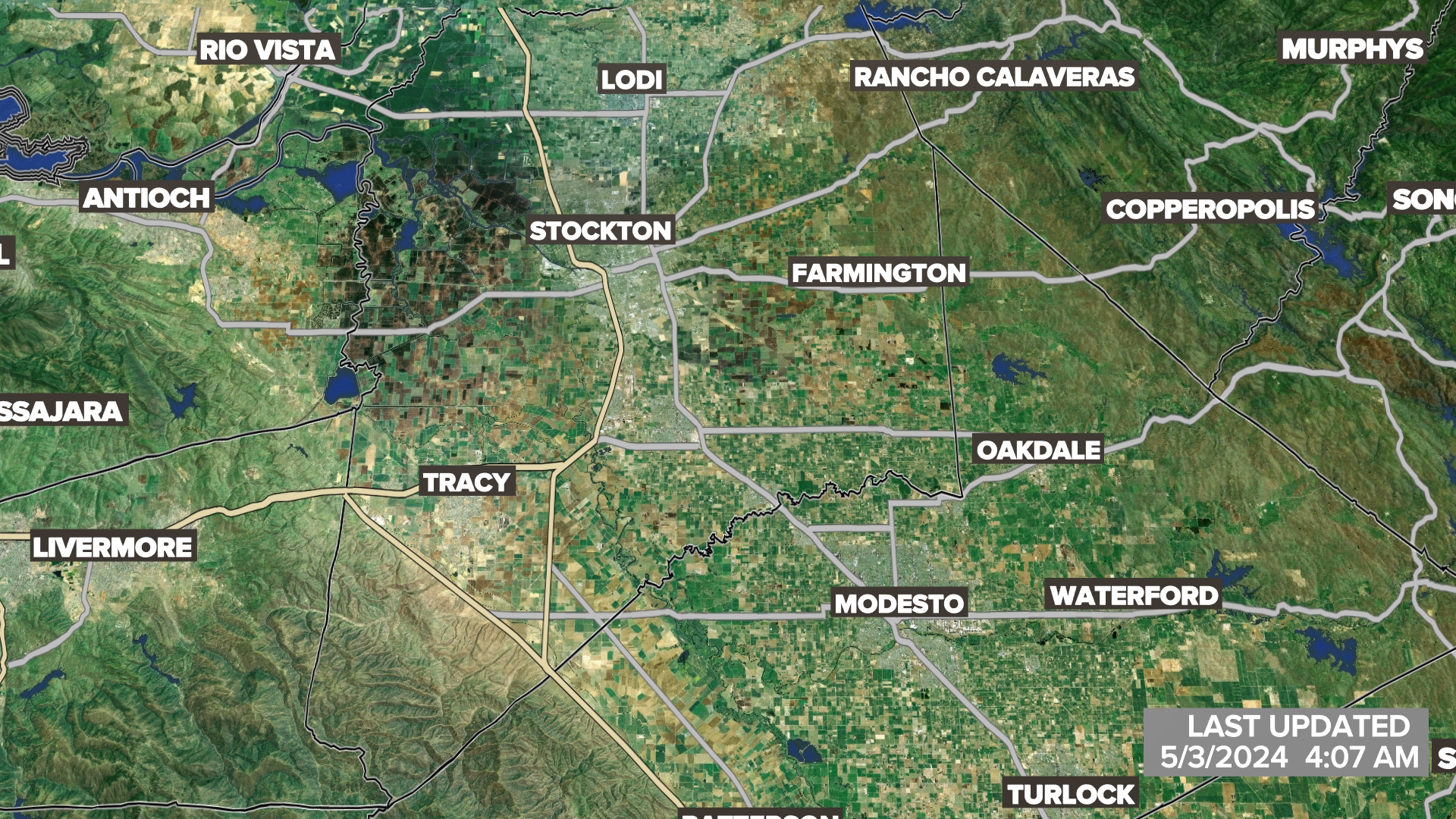
Sacramento Weather: Complex, Diverse, and Dynamic
Introduction
Weather in Sacramento, the capital of California, is a captivating phenomenon that exhibits multifaceted complexities and dynamic patterns. The city’s geographical location, at the confluence of the Sacramento and American Rivers, and its proximity to the Sierra Nevada Mountains contribute to a diverse range of microclimates. Understanding the intricacies of Sacramento weather is crucial, especially in an era of increasing climate volatility and its far-reaching implications.
Geography and Topography
Sacramento lies nestled within a valley formed by the Sierra Nevada and Coastal Ranges. This unique topography plays a significant role in shaping the city’s weather patterns. The Sierra Nevada Mountains block the flow of cold air from the north, leading to relatively mild winters. Conversely, in the summer months, as the sun intensifies, warm air rising from the San Joaquin Valley is channeled through mountain passes into Sacramento, resulting in hot and dry conditions. Furthermore, the city’s proximity to the Delta region, where several rivers converge, influences humidity levels and contributes to the formation of fog and precipitation patterns.
Seasonal Variability
Sacramento experiences a Mediterranean climate, characterized by distinct seasonal variations. Summers are long, hot, and dry, with average temperatures soaring into the 90s Fahrenheit (30s Celsius). During this time, the city is prone to heat waves and the occasional wildfire. In contrast, winters are relatively mild, with temperatures typically ranging from the low 40s to mid-60s Fahrenheit (4 to 18 Celsius). Rainfall primarily occurs during the winter months, with average annual precipitation hovering around 20 inches. Spring and fall serve as transitional seasons, offering pleasant temperatures and occasional showers.
Microclimates and Urban Heat Island Effect
Sacramento encompasses several distinct microclimates, with variations in temperature, humidity, and precipitation across neighborhoods. For instance, areas near the riverfront tend to be cooler and more humid than inland locations due to evaporative cooling. Conversely, urban areas exhibit the urban heat island effect, characterized by elevated temperatures caused by the concentration of buildings, roads, and other impervious surfaces that absorb and retain heat. Understanding these microclimates is vital for local planning and adaptation strategies.
Climate Change Impacts
Climate change is already impacting Sacramento’s weather patterns and is anticipated to intensify these effects in the future. Rising global temperatures are leading to longer and more severe heat waves, with temperatures projected to increase by several degrees over the next century. Changes in precipitation patterns may result in more frequent and intense storms, particularly during the winter months. Furthermore, rising sea levels threaten to inundate low-lying areas in the Delta region. Adapting to these climate change impacts is crucial for safeguarding Sacramento’s economy, infrastructure, and quality of life.
Health and Environmental Implications
Sacramento’s complex weather patterns have profound health and environmental implications. Extended heat waves can exacerbate respiratory and cardiovascular conditions, especially among vulnerable populations. Air quality may also deteriorate during summer months, with high levels of ozone and particulate matter posing respiratory hazards. Additionally, extreme weather events, such as floods and heat waves, can disrupt ecosystems and biodiversity, posing challenges to the region’s natural resources and agricultural productivity.
Sustainable Urban Planning
Addressing the complexities of Sacramento weather requires proactive urban planning strategies. Implementing green infrastructure, such as parks, trees, and permeable surfaces, can help mitigate the urban heat island effect and improve air quality. Encouraging sustainable transportation and energy-efficient measures reduces greenhouse gas emissions, contributing to climate change mitigation and adaptation efforts. Additionally, investing in early warning systems and emergency preparedness plans enhances resilience to extreme weather events.
Conclusion
Sacramento weather is a multifaceted phenomenon that weaves together diverse microclimates, seasonal variability, and the complexities of urban environments. Understanding the interplay between geography, climate change, and health implications is essential for effective urban planning and adaptation. By embracing sustainable practices, investing in infrastructure, and fostering community collaboration, Sacramento can navigate the challenges and harness the opportunities presented by its ever-changing weather patterns, ensuring a vibrant and resilient future for its residents.
References
- ABC10 News. (2023, June 23). Sacramento Weather: Heat Wave to Bring Triple-Digit Temperatures. ABC10 News. https://www.abc10.com/article/weather/heat-wave-sacramento/103-659504969
- City of Sacramento. (2023). Climate Action Plan. https://www.cityofsacramento.org/Environment/Climate-Change/Climate-Action-Plan
- Sacramento County Department of Public Health. (2022). Extreme Heat: Health Impacts and Prevention. https://www.publichealth.sccgov.org/extreme-heat
- Sierra Nevada Conservancy. (2023). Climate Change Impacts on the Sierra Nevada. https://sierranevada.ca.gov/climate-change/climate-change-impacts-on-the-sierra-nevada/
- University of California, Davis. (2022). Climate Change Impacts on California: A Summary of Key Findings from Recent Scientific Assessments. https://www.climatehub.ucdavis.edu/science/impacts-and-adaptation/key-findings/
